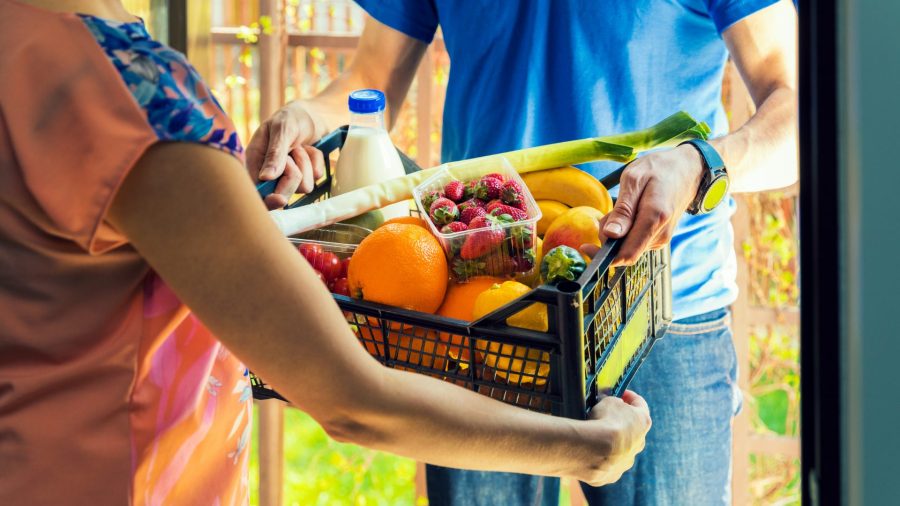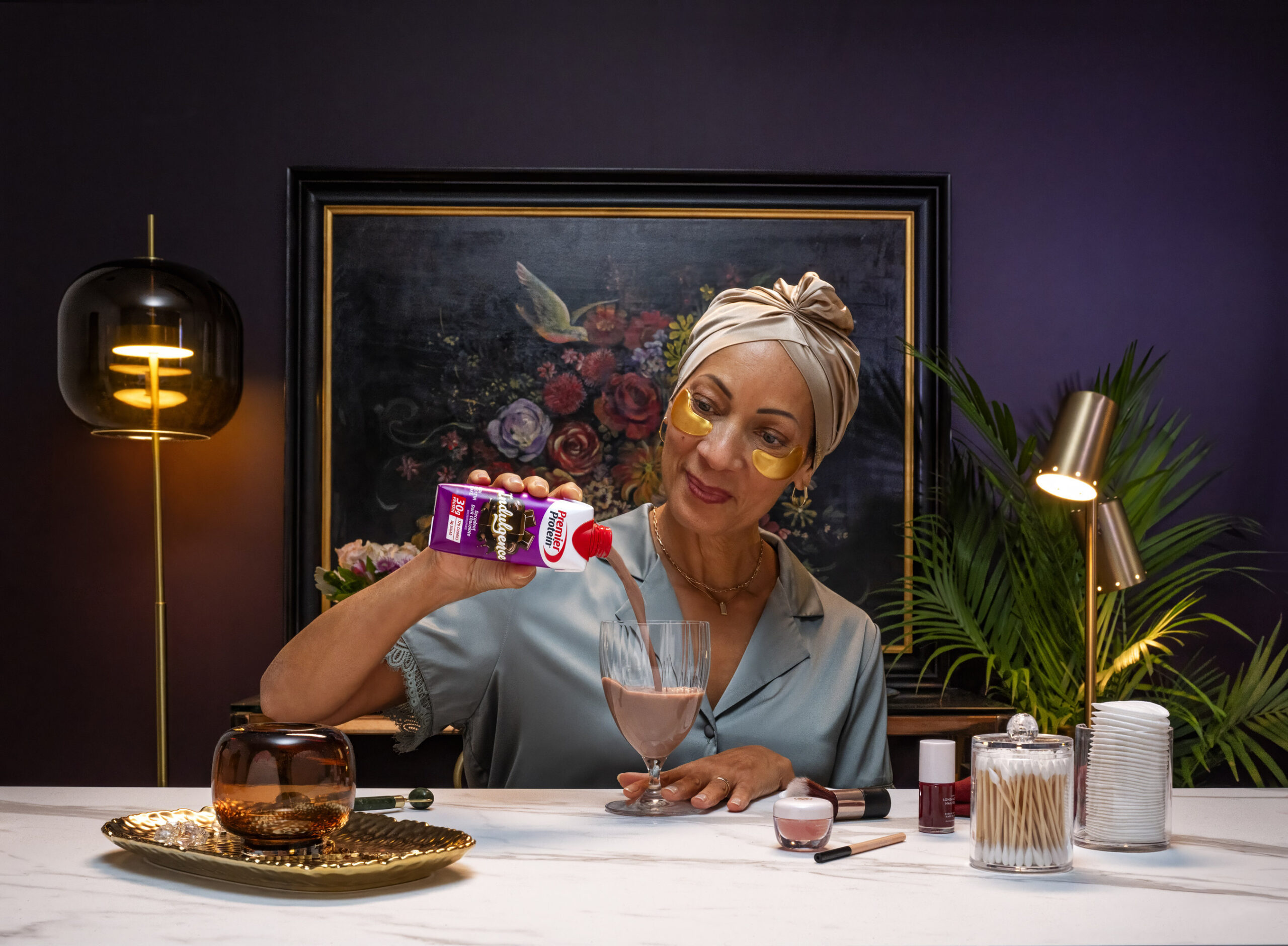By most accounts, post-pandemic life will involve lots of online shopping for consumers. Coronavirus lockdowns nudged most consumers in that direction, and innovation is pushing them further toward adoption of extensive online shopping for purchases like groceries.
According to a recent EY Future Consumer Index, 55% of consumers have purchased groceries online at least once during the pandemic. Furthermore, a shopping trends study by Mercatus/Incisiv indicates that 90% of e-grocery customers are expected to continue shopping online for the near-term.
Grocers will need to continue to innovate to keep pace with competitors in an increasingly crowded retail market that now includes no shortage of delivery apps, like Instacart and Shipt, noted Thomas Harms, managing partner, global retail leader with EY.
The Food Institute discussed the evolving grocery e-commerce landscape with Harms as part of its extensive report this month on the topic (the report is free to FI members starting November 16; to join FI click here). Below is an excerpt of that conversation (edited for brevity and clarity).
FROM WHAT YOU’VE SEEN, HOW MUCH DID THE PANDEMIC SPUR SUPERMARKETS TO EVOLVE THEIR DELIVERY PROCESSES?
Harms: “I think it saved us five years in the evolution that would have come. With a pandemic, all of a sudden it became really tangible that they needed to do something. To some extent they were pushed in the online direction. But, on the other hand, they benefited from the traffic. So, it’s good advice to [continue to] build up their e-commerce capabilities even more now.”
HOW MUCH DID DELIVERY SERVICES LIKE INSTACART SPUR INNOVATION IN FOOD DELIVERY, IN YOUR OPINION?
Harms: “They have proven that it’s possible to deliver food in 30 minutes, or an hour, from the moment you make your order, and supermarkets always said that’s impossible. But, if you can deliver a hot pizza to a home, there is no longer an excuse not to do this with strawberries, or with milk, or a frozen product.”
SOME DELIVERY SERVICES NOW OFFER FOOD IN AS FAST AS 10 MINUTES. DO YOU FEEL MOST CONSUMERS EXPECT QUICK FOOD DELIVERY NOW?
Harms: “I think an hour is okay for most items. An hour seems to be okay, based on our research.
“The more important thing is predictability. There is, of course, a speed factor, but the quality, freshness, and security, and that you actually get what you need, I think those are major factors.”
WHAT STEPS DO YOU FEEL GROCERS AND RESTAURANTS NEED TO TAKE REGARDING DELIVERY TO MEET THE DEMANDS OF MODERN CUSTOMERS?
Harms: “Firstly, they need to invest more in it. Secondly, they need to put the customer experience in the center of everything they do. It’s no longer about cost-effectiveness and efficiency in their delivery processes, it’s now all about putting the customer in the center of everything they do, as the mom-and-pop shops did 50 years ago.”











